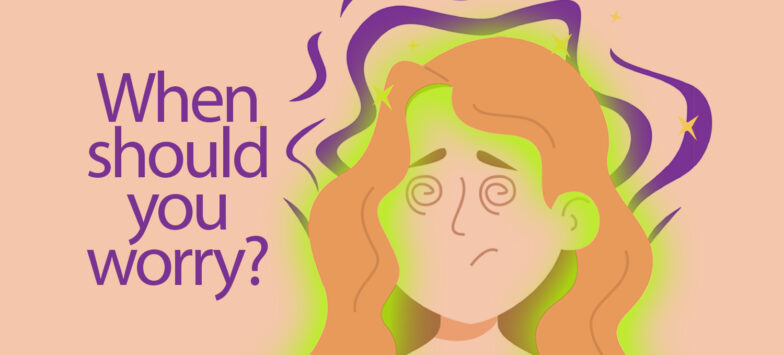
Ocular Migraine: When Migraine is not a Headache
We usually associate migraine with the painful headaches that some people experience, often accompanied by feeling sick and visual disturbances known as “aura”. Ocular migraine, also known as retinal migraine, is different in that it happens without the classic pain and throbbing of a headache. Also, an ocular migraine — unlike a migraine aura — impairs vision in one eye, not both.
A migraine with an aura affects vision before the headache starts. This type of migraine causes both headache and vision impairments. The visual aura that often precedes a migraine headache happens due to the pain in the back of the head, in the visual cortex which causes aura in both eyes. It might take the form of shimmering, zigzag, or blinding lights, or heat-like waves. Aura usually goes away within an hour and is then followed by a headache. Vision goes back to normal.
With ocular migraine, the visual disturbance is caused by reduced blood flow or spasms of blood vessels in the retina or behind the eye. Symptoms of Ocular Migraine may include:
• Visual changes in only one eye
• Visual changes that last less than five minutes and more
than 60 minutes
• Visual changes without a headache
• New headaches or changes in vision
• Onset of headaches or changes in vision later in life
(after the age of 50)
• New weakness on one side of the body or speech changes
Ocular migraine is fairly uncommon, but it may suggest a more serious condition. If you experience the classic aura with migraine, any of the above symptoms or visual loss in one eye, it’s important to contact your Atlantic eye physician right away for an evaluation.
